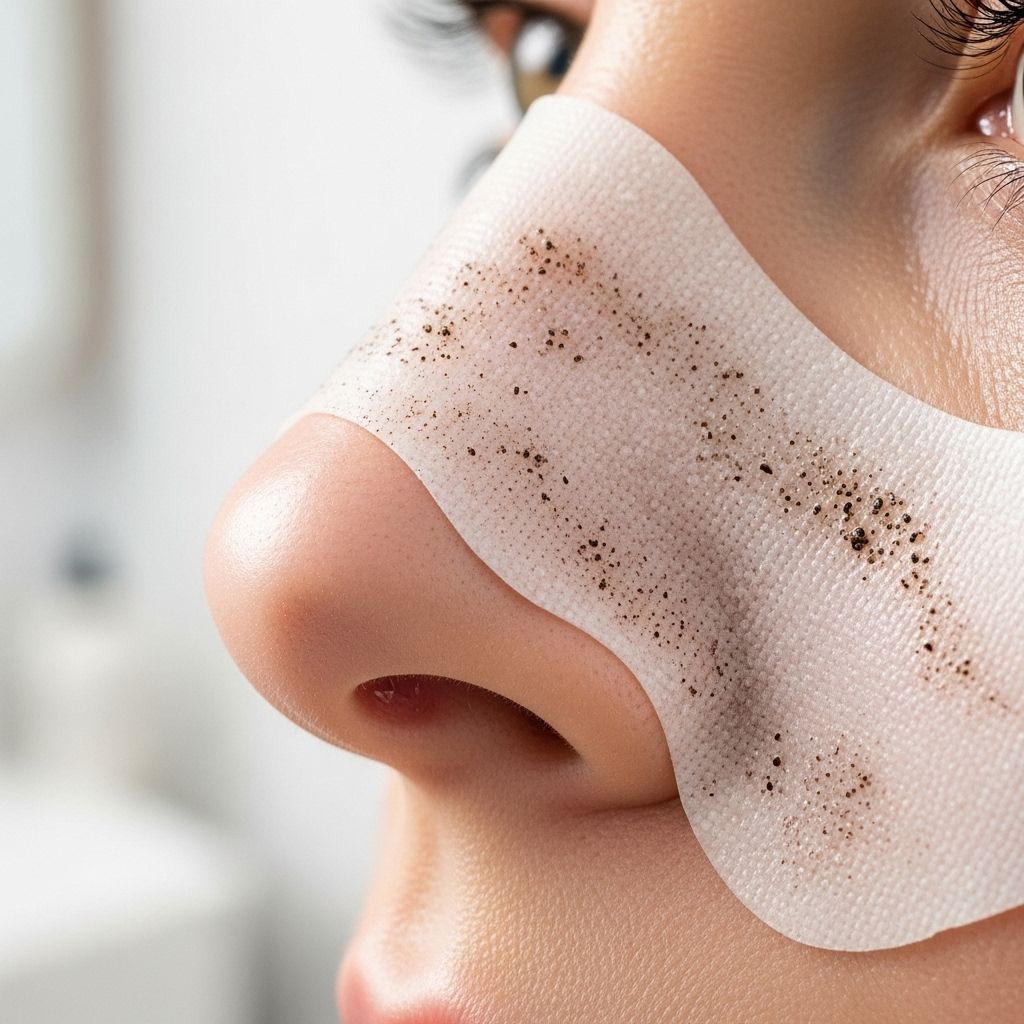Do Pore Strips Work? The Truth and Best Alternatives
Experts favor targeted exfoliation over quick fix adhesives for longer-lasting clarity.

Table of Contents
- Introduction to Pore Strips
- What Are Pore Strips?
- How Do Pore Strips Work?
- Do Pore Strips Really Work?
- Can Pore Strips Harm Your Skin?
- Best Alternatives to Pore Strips
- Frequently Asked Questions
Introduction to Pore Strips
Pore strips have been a popular skincare tool for decades, promising to remove blackheads and other impurities from the skin. However, debates about their effectiveness and potential harm to the skin have sparked interest in exploring their role in skincare routines.
What Are Pore Strips?
Pore strips are small, adhesive strips applied to the skin, typically on the nose, to remove blackheads and other impurities. They are made of a combination of materials, including insoluble fibers and an adhesive side that sticks to the skin. The adhesive is designed to bond with the skin’s surface, pulling out debris when removed.
How Do Pore Strips Work?
Pore strips work by using an adhesive to stick to the skin. Once moistened and applied, the adhesive bonds with the skin’s surface, particularly the oils and keratin in the pores. When removed, the strip pulls out these substances, leaving behind what appears to be a cleaner surface.
Do Pore Strips Really Work?
While pore strips may provide temporary aesthetic benefits, they do not effectively remove blackheads. Instead, they pull out sebaceous filaments and surface debris, which can give the illusion of cleanliness but does not address the root cause of blackheads. Dermatologists agree that for true blackhead removal, professional extraction is often necessary.
Can Pore Strips Harm Your Skin?
Pore strips can potentially cause skin trauma, especially if used frequently or improperly. They can lead to redness, inflammation, and even skin irritation. Over time, repeated use may stretch pores, making them more noticeable rather than reducing their appearance.
Best Alternatives to Pore Strips
For effective blackhead management and skin care, consider these alternatives:
- Salicylic Acid Treatments: Regular use of salicylic acid can help prevent clogged pores and reduce blackheads.
- Retinoids and Retinols: These promote cell turnover and are effective in reducing facial acne and blackheads.
- Chemical Peels: Useful for deeper skin exfoliation and promoting a smoother complexion.
- Regular Skincare Routine: Washing your face twice daily with a gentle cleanser and using sunscreen can help maintain cleaner pores.
- Non-Comedogenic Makeup: Opt for products labeled ‘non-comedogenic’ or ‘oil-free’ to avoid clogging pores.
Frequently Asked Questions
Q: What are blackheads?
A: Blackheads are a type of acne caused by excess oil and dead skin cells that oxidize and become visible as small black spots on the skin.
Q: How do blackheads form?
A: They form when keratin and oil in the pores combine, oxidize, and become visible as black dots.
Q: Can pore strips prevent blackheads?
A: No, pore strips do not prevent blackheads from forming. They only provide temporary removal of surface impurities.
Q: Are there any safer alternatives to pore strips?
A: Yes, using salicylic acid, retinoids, and maintaining a consistent skincare routine can be more effective and safer in the long run.
References
- https://www.essence.com/beauty/pore-strips-blackheads-dermatologist-acne/
- https://bionyxskincare.com/the-truth-about-pore-strips-do-they-really-work/
- https://blog.ochsner.org/articles/are-you-stripping-away-at-your-beauty-with-pore-strips/
- https://curology.com/blog/do-pore-strips-actually-work-heres-what-the-research-says/
Read full bio of Sneha Tete












